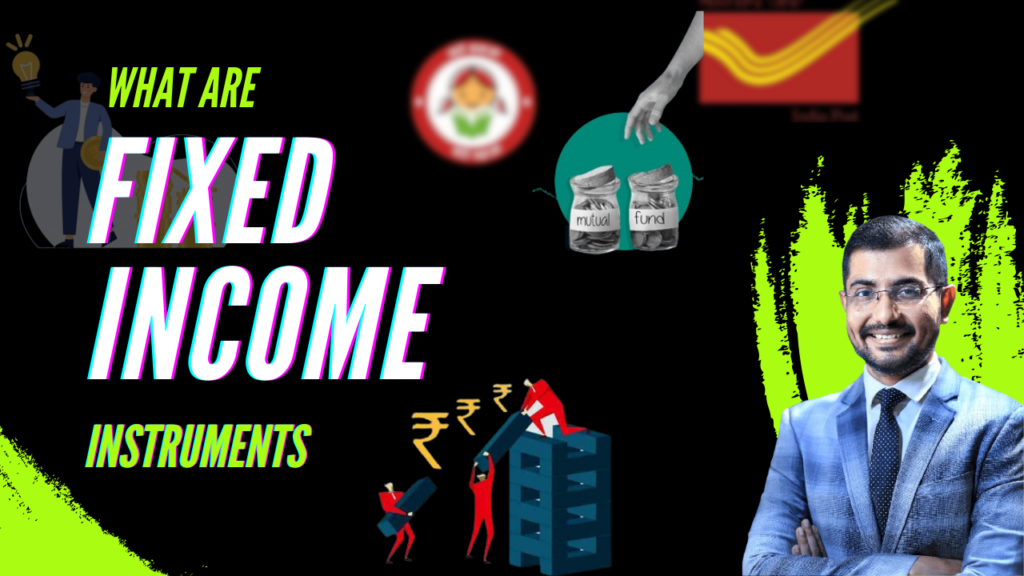Introduction:
Navigating the complexities of finance can be intimidating, especially when terms like “fixed income” are thrown into the mix. However, fear not! In this in-depth guide, we’ll delve into the concept of fixed income in a comprehensive yet accessible manner. By the end, you’ll have a clear understanding of how fixed income operates and why it stands as a cornerstone for financial stability.

What is Fixed Income?
Fixed income is a category of investment that promises a consistent and predictable stream of income over a predetermined period. Essentially, it’s like receiving a regular pay check, but in this case, your money is the one working for you.

1. Bonds: The Pillars of Fixed Income
The primary gateway into the realm of fixed income is through bonds. Imagine a bond as a personalized IOU. When you invest in a bond, you’re lending money to a government or a company. In return, they commit to repaying you the initial amount (the principal) at a specified future date, along with regular interest payments.
2. Predictable Cash Flow: The Allure of Regular Payments
A significant draw of fixed income is the reliability of regular, predictable cash flow. Unlike some investments that resemble a rollercoaster ride, the income from fixed investments is, well, fixed. Whether these payments occur monthly, quarterly, or annually, you can rest assured that they will arrive like clockwork.
3. Safety First: Prioritizing Capital Preservation
Fixed income is often deemed a safer option compared to the volatility of the stock market. Since the return and the timeline are agreed upon when you make the investment, there’s a level of certainty that appeals to those who prioritize capital preservation.
4. Diversity in Fixed Income: Beyond Bonds
While bonds take centre stage in the fixed income arena, other viable options exist. Certificates of deposit (CDs) and specific types of savings accounts also fall under the umbrella of fixed income. Although they may not yield the same returns as riskier investments, they offer a higher level of safety and stability.
5. Risk-Return Balance: Navigating the Investment Landscape
Understanding the risk-return balance is crucial in the fixed income landscape. While fixed income is generally considered a lower-risk investment, it also tends to offer more modest returns compared to riskier ventures. This risk-return tradeoff is a key consideration for investors looking to strike a balance between stability and potential gains.
Conclusion:
In summary, fixed income stands as a stable and predictable method to grow your money. It operates as a financial safety net, providing a regular income without the fluctuations associated with riskier investments.
It’s important to note that while fixed income is generally considered safer, all investments carry some level of risk. Conducting thorough research or consulting with a financial advisor is always a prudent step before embarking on any investment strategy. Whether you’re considering government bonds, exploring various fixed income options, or diversifying your investment portfolio, here’s to steady and reliable financial growth!
“The four most dangerous words in investing are: ‘This time it’s different.”
Sir John Templeton


